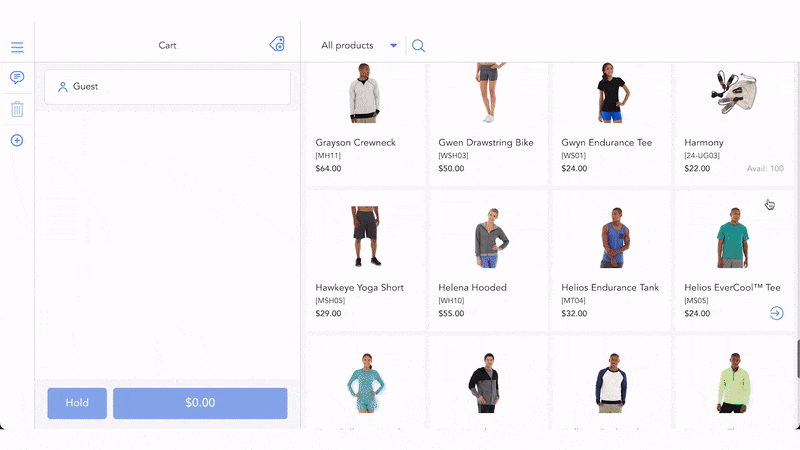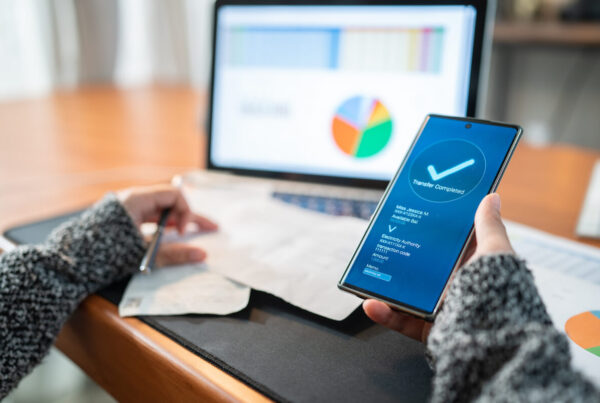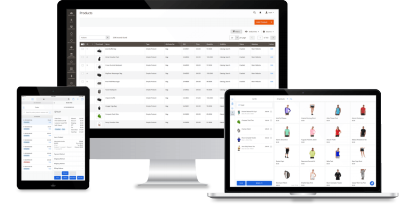In recent years, surely you’ve heard online business entrepreneurs whispering about the term mobile commerce, or m-commerce at least a few times. You may be asking yourself the question: What’s the difference between eCommerce and m-commerce? Are they the same thing? Is there anything good about m-commerce that I can apply to my eCommerce store? All will be answered in this article. We’ll provide industry definition, benefits, and relevant technologies for you to enter the world of m-commerce.
What is mobile commerce?
Mobile commerce is defined as the use of wireless devices like mobile phones or tablets to perform commercial activities, including:
- Product sales and purchases
- Online transactions
- Bill payment
- Online banking
Differences between eCommerce and m-commerce
Believe it or not, it’s frustrating to learn a new concept but your mind automatically associates it with a seemingly similar concept. Let’s start with distinguishing these two concepts before focusing on m-commerce.
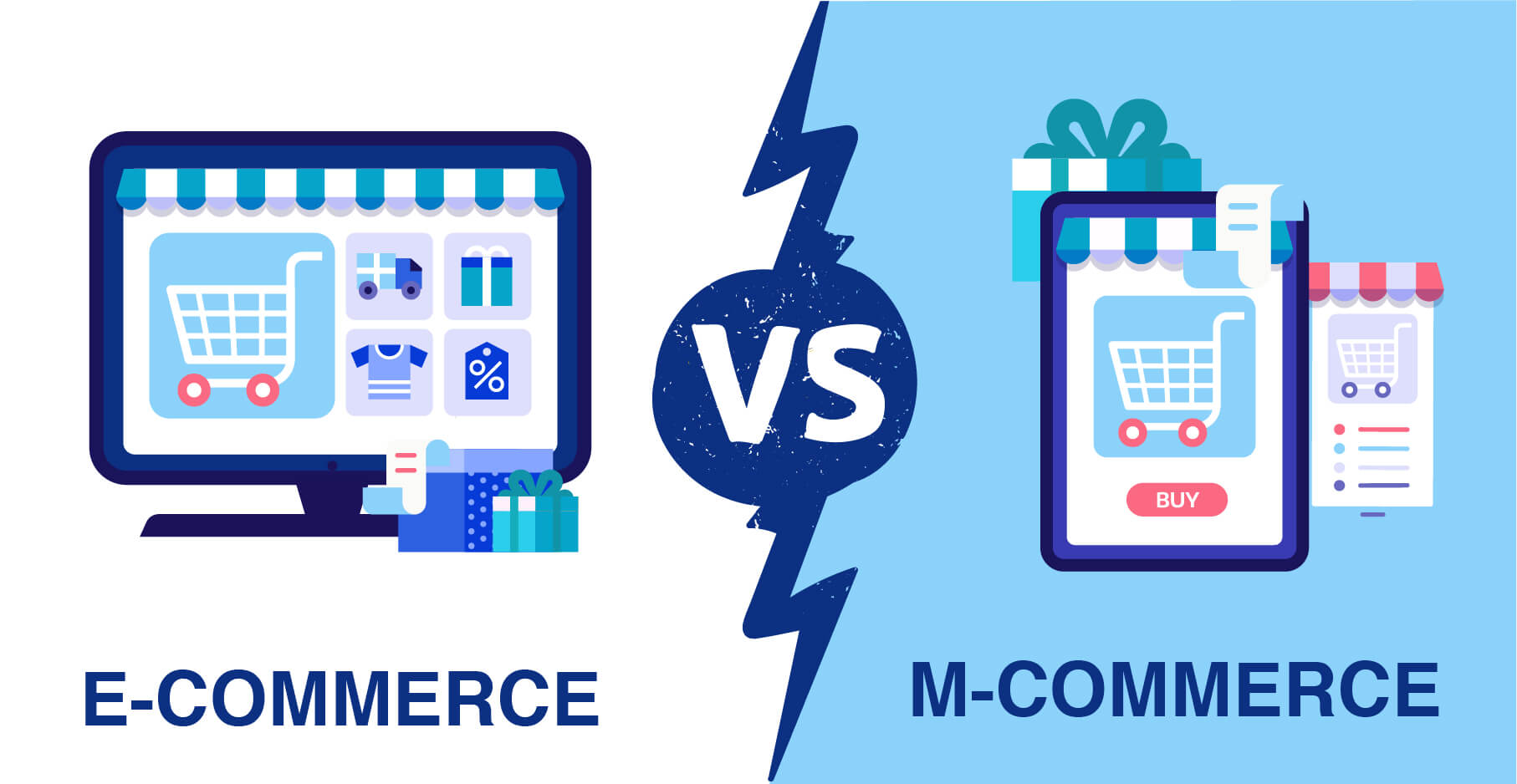
By definition, eCommerce is a general term for commercial activities on the internet. These activities focus on trading goods and services with related components including:
- Information
- Communication
- Negotiation
- Transaction
- Payment
- Logistic
Among these components, communication plays a central role in trading. CNBC forecasts that 72.6% of internet users worldwide will only access the website with mobile devices before 2025.
With that increasing trend, communication is more and more dependent on mobile devices.
Mobile devices are expected to be the main access channel to your customers. Therefore, mobile commerce, also known as m-commerce or m-commerce, was born as an inevitable variation of eCommerce. In other words, it is a subset of eCommerce. The key difference is that, while eCommerce focuses on the overall shopping experience on the internet, m-commerce focuses on the customer’s shopping journey on mobile devices.

Indeed, m-commerce is the future of eCommerce, gradually replacing each other. Sometimes, we can even hear people say “mobile eCommerce” in combination. Therefore, distinguishing these two concepts is not as important as understanding that m-commerce aims at increasing customer’s experience on mobile devices for higher mobile conversion rate and revenue. It’s a trend you can’t ignore if you have an online business.
Now you know the concept. It’s time to dive deeper into m-commerce. How does mobile commerce enhance efficiency?
Mobile commerce advantages and disadvantages
Understanding the advantages and disadvantages of mobile commerce is an integral part of critical thinking to see the aspects that can turn challenges into opportunities.
M-commerce pros
Wide coverage
With an increasingly large and dominant user base, m-commerce expands potential sales opportunities by connecting with them online via mobile devices.
Insightful customer data
Mobile commerce can collect consumer data and gain better insights into the customer journey. With brick-and-mortar retail, the customers come to the store, make a purchase, and leave. Very few details are noted and saved for statistics and analysis, like why they buy.
With mobile commerce, businesses connect with your customers from the moment they visit your stores, consider the products, and make a purchase. These are all valuable signals, from purchase intent to an order.
Right timing
Mobile commerce allows businesses to reach customers at the right time, rather than every time. Ad technology based on demographics or geographies can help you connect with customers in the moment before they decide to make a purchase, increasing the likelihood of completing a purchase.

Fast browsing and transactions
Time is money, so businesses look for ways to help customers get a faster and more convenient buying experience. Offering faster transactions to your customers is the biggest benefit and one of the driving forces behind the growth of mobile commerce.
With mobile commerce, shopping applications have faster processing speed than traditional websites. Or if you can’t invest to build apps yet, you can also consider an advanced technology called PWA storefront that turns your website into an app-like interface with outstanding features, including:
- Easy installation
- Add to home screen
- Push notifications
- Full responsiveness
- Offline work mode
- Self-updates
- Security
Better user experience with faster speed leads to a huge increase in online sales through mobile devices.
Complementary to brick-and-mortar stores
Mobile commerce benefits not only the sales from online stores but also the brick-and-mortar. There are still many customers who come directly to your store, choose an item but still want to see more online reviews about the products. Or vice versa, they use their mobile device to explore products, customize colors and sizes, and check stock availability of items at nearby stores.
In short, mobile commerce helps retailers and brands drive sales in both online and brick-and-mortar stores by reaching a broader and more diverse set of customers.

Whether you are launching a new product or trying to reach a new market, it is clear that mobile commerce offers significant competitive advantages for retailers. The access and customer data that mobile commerce can provide is a great source of information for expanding market share.
M-commerce cons
Highly competitive marketplace
In recent years, many companies have shifted their focus to investment and success in mobile commerce. If you start today, you’ll meet thousands of existing competitors along the way. As a store owner, you need to find a clearly targeted market or a niche market to have a competitive advantage.
Ad fraud risk
Ad fraud is always the biggest prejudice in mobile commerce. Meanwhile, the majority of businesses are not well prepared to deal with this risk. According to HuffPost, more than 60% of marketers confess that they don’t have any preparation to block out fraud on mobile marketing.
Businesses should ensure their compliance with MRC (Media Rating Council) and TAG (Trustworthy Accountability Group) standards. This is the first step to showing your customers that you are aware of mobile ad fraud and are working to take steps to head off it.
Customer privacy
When customers allow you more access to their data, m-commerce businesses take on a greater responsibility to protect personal information. You must ensure that your company and any of your partners adhere to strict user protection terms. Then, make it transparent to your customers about what and how their data is shared, collected, and stored.
Not personalized connection
Online shopping and mobile commerce are still considered low-personality. Therefore, commerce businesses are still trying harder to connect with their customers. Giving consumers a personalized message or reward based on their date of birth and preferences are some of the suggestions for creating a greater sense of belonging and appreciation.
To address the limitations, mobile commerce should be seen as an enhancement to the traditional shopping journey, not a replacement. One of the best ways to deal with both the pros and cons of mobile commerce is by building a mobile-first site or shopping mobile app so you can connect with consumers and stand out from your competitors.
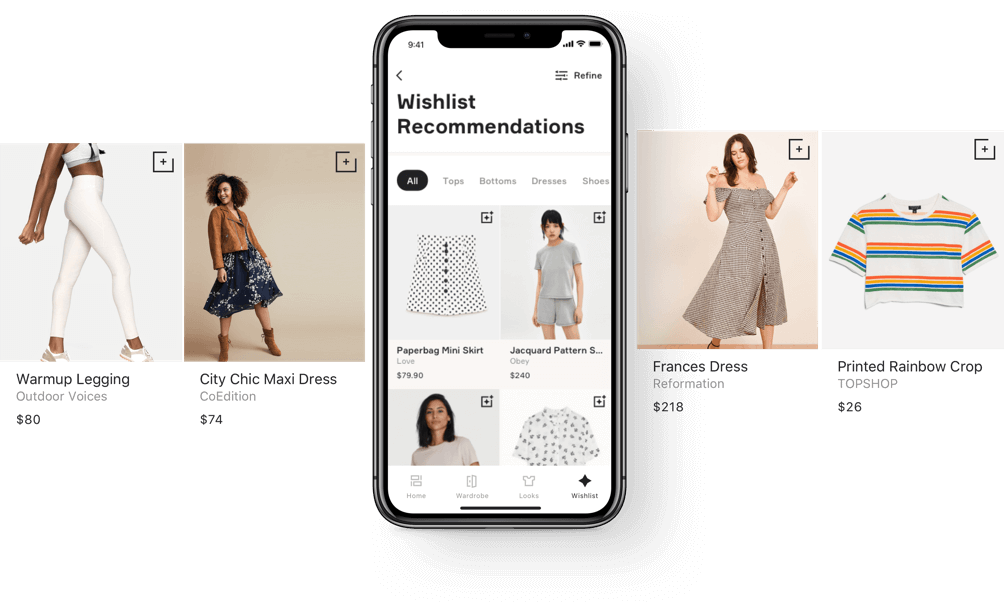
Your mobile site and app give you the opportunity to gain access to important customer purchase data, from which to choose the right timing and messaging for your customers. Data is also an important component when you want to scale your business and find new markets.
Mobile commerce case studies
With such compelling benefits, let’s take a look at some mobile eCommerce examples to reflect on how brands are applying this technology to their businesses.
Zappos mobile commerce
Zappos gives customers more reasons to love Zappos by combining mobile with personal customer service for easy shopping.
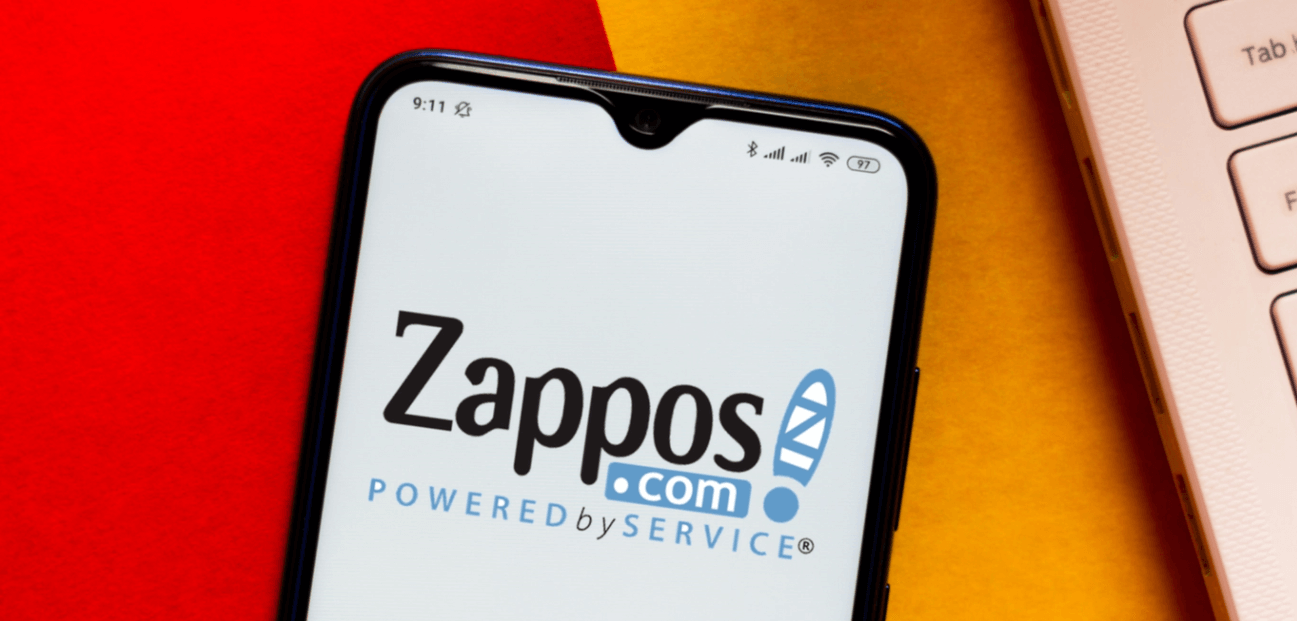
In 2014, Zappos launched an enhanced mobile app focused on personalized experience. Its superior features include:
- Ask Zappos: This assists online shoppers in finding products. When the app users try on a pair of heels or a friend’s lipstick that they like, they can simply do so in 3 ways:
- Snap a quick picture and upload it to Zappos Ask
- Instagram with the #AskZappos hashtag
- Send email or SMS directly
- Then, the Ask Zappos team will research and respond to the customers with the result of suggested places, prices, and directions.
- Handover: This feature is available from iOS 8 and above. It allows users to shop seamlessly between their Apple devices, start searching on iPhone, then continue on MacBook or iPad right where they paused.
- Original card reader: This feature saves customers from having to re-enter all their credit card numbers. Moreover, it does not store payment and card information on customer’s mobile devices so it’s safer and more secure. Their credit card information won’t be stolen even if they lose their phone.

Curated collections: Everyone is busy so this feature is about convenience and simplicity. These collections are curated by Glance, featuring Zappos stylists. This team will aggregate the best products from the mobile-friendly web app and create collections based on upcoming events such as holidays or the latest trends, and partly based on purchase history and customer preferences. Customers can purchase all or part of the suggested products from this collection.
According to Sensor Tower, the Zappos app has 40,000 downloads per month to deliver not only shoes but also happiness and WOW shopping service to customers.
Kohl’s mobile commerce
Determined to be “the most engaging retailer in the US”, Kohl’s has set sights on the omnichannel shopping experience. To do that, Kohl’s is focused on making its shopping experience easier than ever, whether in-store or online in an engaging and personalized way.
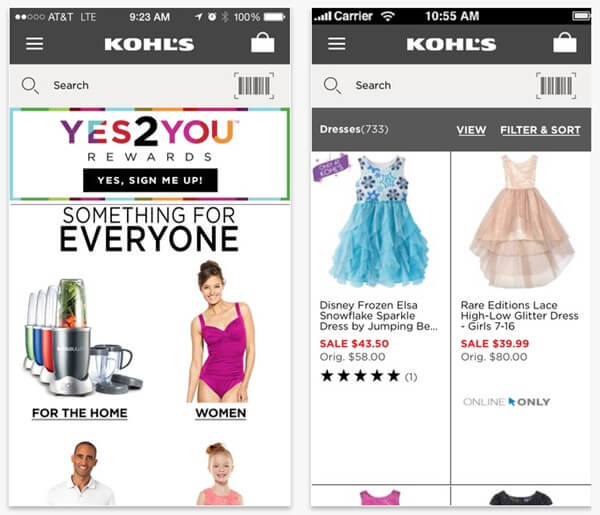
They redesigned their mobile commerce site to optimize the online shopping process for both online and brick-and-mortar customers. It becomes a true convergence of physical commerce and m-commerce, including:
- Omnichannel capability: customers can purchase on mobile devices, and have delivery tracking on their desktops, or choose a preferable location to pick up at a convenient time.
- Various mobile payment options: Besides Apple Pay, Kohl’s is currently developing their own digital mobile wallets (Kohl’s Pay). Unlike other mobile payment options that use contactless NFC, Kohl’s Pay allows users to use their mobile camera to scan a QR code and complete the payment.
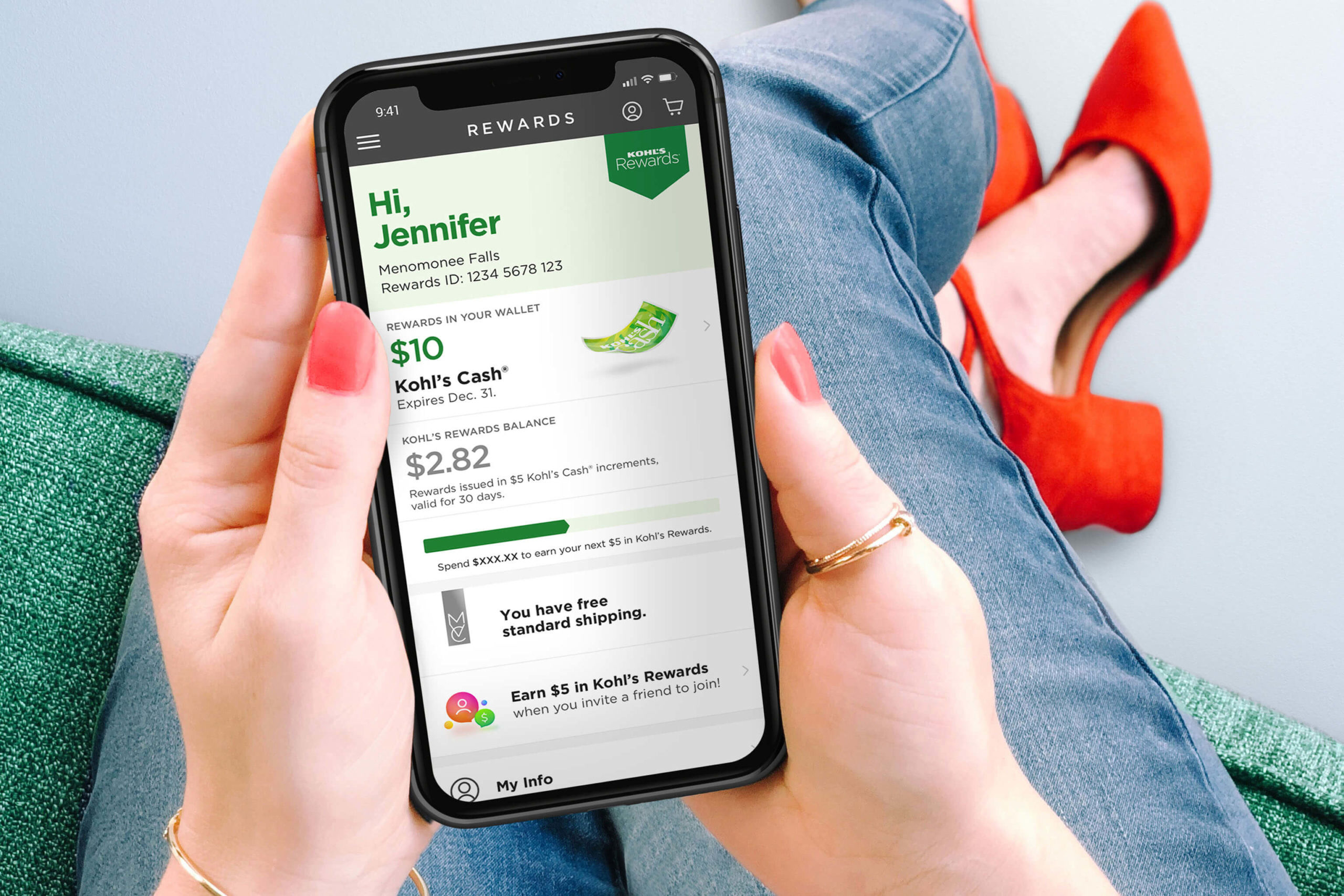
This mobile commerce transformation is the right step towards the future and is timely in the context of social distancing, which makes Kohl’s a great success:
- Conversion rates increased significantly and 50% of all traffic comes from mobile devices.
- BOPIS (Buy online, pick up in-store) alone has increased the engagement rate with store traffic, always above 20%.
- Online sales increased from an average of 24% of total sales in 2019 to 60% in the wake of the COVID-19 pandemic.
Mobile commerce trends
Google has come up with interesting mobile commerce stats:
- 51% of users prefer to use mobile apps for shopping or browsing on mobile devices.
- 63% of smartphone users prefer to purchase on mobile sites or apps that offer personalized recommendations for products based on their interest.

Thus, you should have relevant technologies to prepare for the proliferation of mobile commerce. Here are 7 m-commerce trends that will dominate in 2021:
- Mobile apps and progressive web apps (PWAs)
- One-click ordering
- Social commerce
- Voice commerce
- Mobile chatbots
- VR & AR
- Mobile payments
You can read more details about each trend as well as practices to apply them to your mobile commerce in our article Top 7 mobile commerce trends of 2021.
Conclusion
You don’t need someone to persuade you about the importance of mobile commerce. Maybe in the present, you are browsing this article on your mobile phone or shopping through mobile every day. Let’s think about the data and figures we mentioned in this article. Numbers never lie, you can use them as POC (proof of concept) if you’re advocating for other stakeholders in your company about the benefits of mobile commerce.

